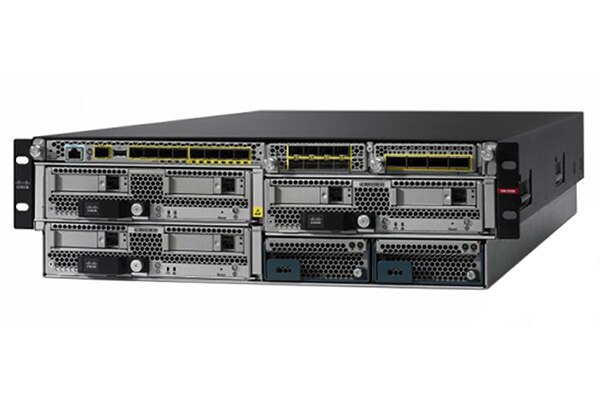
Description
AM INTEGRATOR Group of Companies is one of the leading IT operators in Ukraine, being a supplier and integrator of a wide range of solutions in the field of modern IT infrastructure, multimedia solutions, engineering infrastructure, business applications and integrated business security systems for medium and large enterprises, as well as the public sector. AM Integrator helps companies:
The company offers solutions for increasing productivity, effective collaboration, mobility and relationship management, identity-driven, advanced analytics, or the Internet of things. AM Integrator also helps with core infrastructure, from support to creating disaster recovery solutions. The team of company experts has been working with cloud technologies for more than 5 years, with virtual environments - more than 10 years.
- increase risk manageability and business productivity;
- reduce costs;
- protect data.
The company offers solutions for increasing productivity, effective collaboration, mobility and relationship management, identity-driven, advanced analytics, or the Internet of things. AM Integrator also helps with core infrastructure, from support to creating disaster recovery solutions. The team of company experts has been working with cloud technologies for more than 5 years, with virtual environments - more than 10 years.
Supplied deployments
Show allSupplied products
Partnership with vendors
Vendor | Partner status | Country | Partner types |
|---|---|---|---|
| Microsoft | |||
| Cisco | |||
| Hewlett Packard Enterprise | |||
| APC by Schneider Electric | |||
| Eaton | |||
| ESET | |||
| Dell EMC | |||
| Emerson |





































